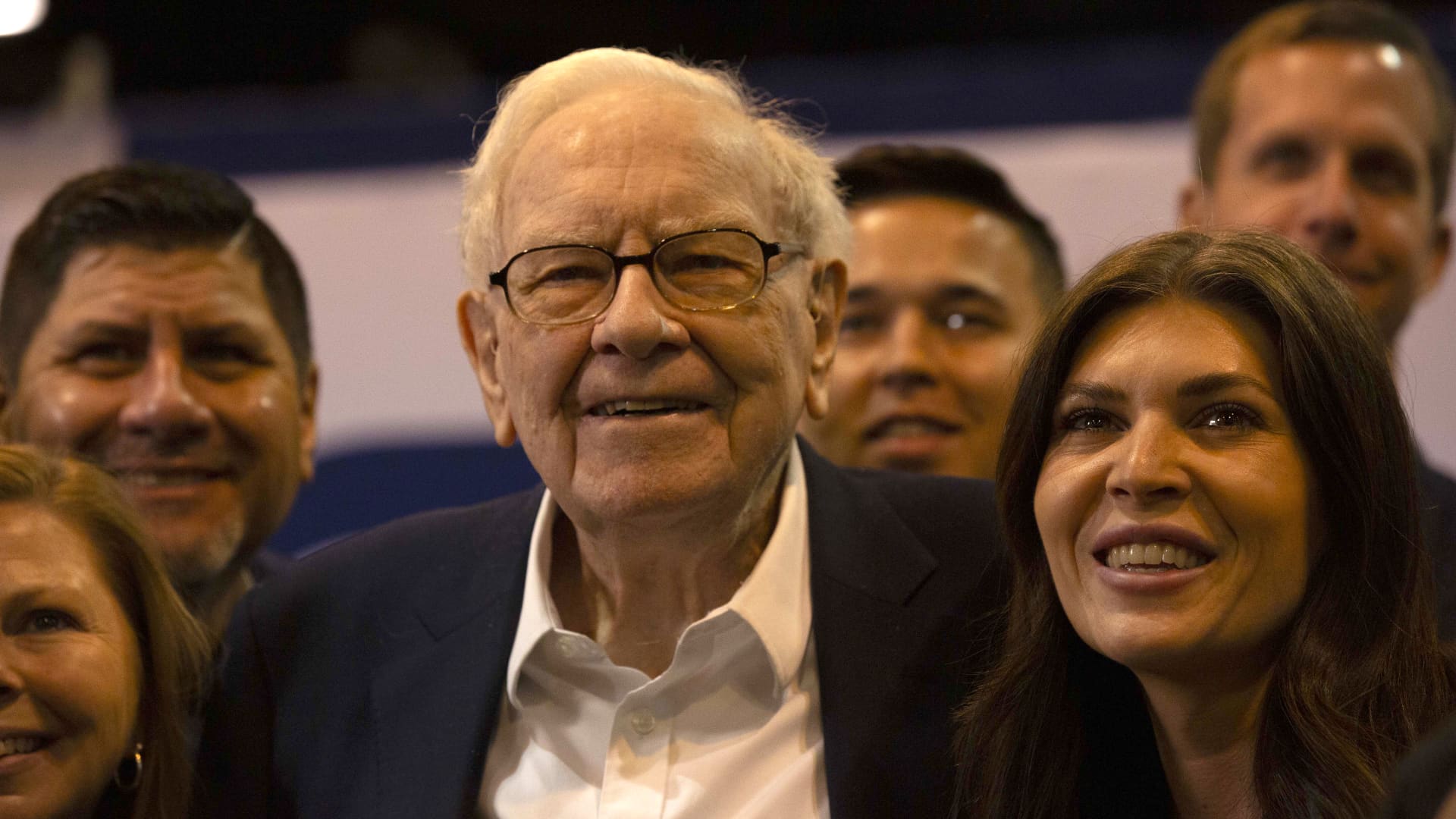Manhattan office leasing on track to hit highest volume since 2019
3 min read
Alexander Spatari | Moment | Getty Images
A version of this article first appeared in the CNBC Property Play newsletter with Diana Olick. Property Play covers new and evolving opportunities for the real estate investor, from individuals to venture capitalists, private equity funds, family offices, institutional investors and large public companies. Sign up to receive future editions, straight to your inbox.
Manhattan office leasing increased more than 20% in August compared with July to 3.7 million square feet and was well above the 10-year monthly average of 2.72 million square feet, according to a new report from Colliers. If demand continues at the same pace for the remainder of 2025, Manhattan’s yearly volume would exceed 40 million square feet for the first time since 2019.
Over the last 25 years, on average roughly 32 million to 33 million square feet were leased in a given year. In 2024, Manhattan returned to that average for the first time since the pandemic began in 2020.
“That is a very strong market in terms of demand,” said Franklin Wallach, executive managing director for research and business development at Colliers.
“Certainly a return to office is a part of that — and low unemployment. You also have a reemergence of some key industries that were a little quieter during the pandemic years, not that they ever went away, but tech in particular comes to mind,” Wallach said.
He pointed to over a million square feet of Manhattan office leasing by Amazon alone just since November 2024. That came in the form of leases, subleases and enterprise agreements with coworking spaces like WeWork, in addition to building purchases.
The legal sector is another prime example. In 2023 Manhattan saw a record year of law firm leasing activity – more than 4 million square feet. Last year was slightly lower, but still above 2019 levels.
“You also very much had flight to quality. New construction such as One Vanderbilt, Hudson Yards, Manhattan West, where availability has become very tight in that new product,” said Wallach.
As a result, the supply, known as the “availability rate,” of newer office space, has dropped to 6.7% compared with the rate for older, prewar buildings, at 17%. Manhattan’s overall availability rate fell to 15%, the lowest since January 2021 and the 18th consecutive month that its availability rate remained stable or tightened.
Of Manhattan’s three office subsectors, the availability rate tightened in Midtown, Midtown South and Manhattan overall during August while remaining stable downtown.
At the end of August the average asking rent for Manhattan offices was $74.73 per square foot, an increase of 1% from July. Compared with March 2020, however, rents are still 6% lower.
“If you have a 1% increase during the month, that is a significant movement. Some of that is above-average-priced space coming onto the market, but we’ve also begun to see more landlords reprice their existing space higher,” said Wallach.
Office conversions are also having a major impact on both supply and pricing. Colliers tracked nearly 9 million square feet of office space removed from the Manhattan market over the last four years. That hits not just supply, but also demand and prices.
“We’ve seen, on average, that for every million square feet of office building slated for conversion, on average 270,000 square feet of leasing activity occurs because of the tenants coming out of that building and relocating to another building,” said Wallach.
In addition, the buildings being converted likely had below-average-priced space, including sublet space which is also lower priced. Their removal, therefore, increases the average price of the overall Manhattan market.







